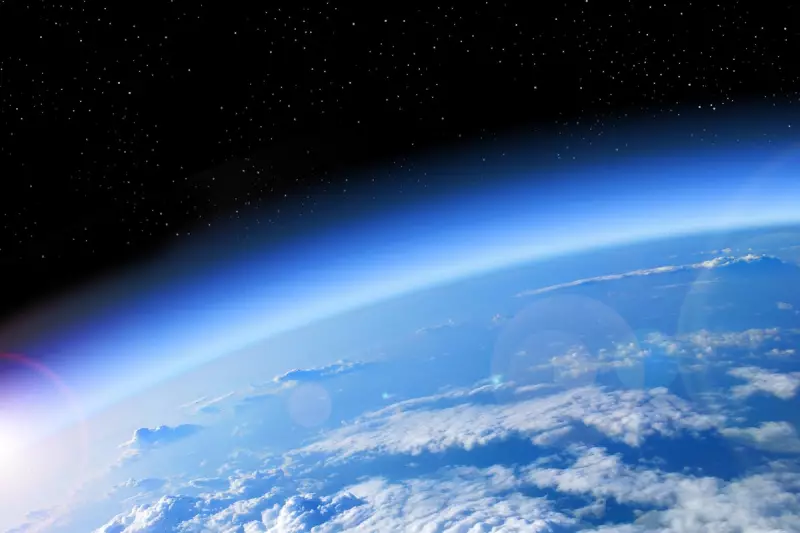
Astronomers have reignited the debate over the existence of a mysterious ninth planet lurking in the outer reaches of our solar system. New research suggests this elusive world, dubbed 'Planet Nine,' could be influencing the orbits of distant objects beyond Neptune.
A Cosmic Puzzle
Scientists from the California Institute of Technology (Caltech) have presented compelling evidence that an undiscovered planet, roughly five to ten times the mass of Earth, may be orbiting the Sun at a distance 20 times farther than Neptune. This hypothetical planet could explain the unusual clustering of icy objects in the Kuiper Belt.
Gravitational Clues
The team analysed the movements of trans-Neptunian objects (TNOs) and found their orbits appear warped by an unseen gravitational force. 'These objects shouldn't be grouped together like this,' explained lead researcher Dr. Konstantin Batygin. 'The only plausible explanation is an additional massive planet.'
Searching the Cosmic Dark
Despite extensive searches using powerful telescopes like Subaru in Hawaii, Planet Nine remains undiscovered. Its extreme distance - potentially taking 10,000-20,000 years to orbit the Sun - makes detection challenging. However, new calculations have narrowed the possible locations where it might be hiding.
What We Know So Far
- Estimated mass: 5-10 Earth masses
- Orbital period: 10,000-20,000 Earth years
- Possible composition: Ice giant or super-Earth
- Current distance: 300-800 astronomical units from Sun
While skepticism remains in some scientific circles, the growing body of evidence continues to fuel excitement about this potential solar system discovery. Future telescopes like the Vera C. Rubin Observatory may finally solve this cosmic mystery.





